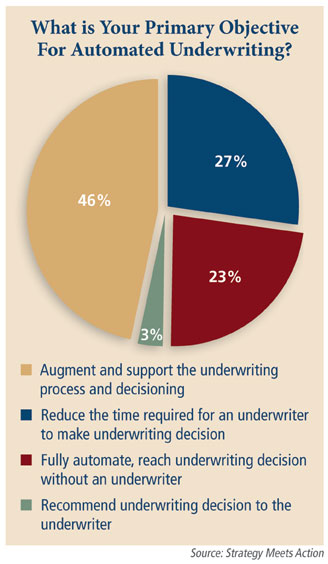Have we reached a turning point in carrier/agent technology? Deb Smallwood, founder of Strategy Meets Action (SMA) believes commercial lines is the new frontier for connectivity.
“For the past several years the focus—especially for the large carriers—was to automate personal lines,” she says. “It was straight-through processing and adding predictive analytics in the pricing. Progressive really raised the bar and the industry had to follow suit. Those that weren't using predictive analytics with a scorecard were not pricing policies correctly.”
 Large carriers began to split up their commercial markets, explains Smallwood. They took the concept of the technology from personal lines and tried to become market leaders for commercial lines.
Large carriers began to split up their commercial markets, explains Smallwood. They took the concept of the technology from personal lines and tried to become market leaders for commercial lines.
Recommended For You
Want to continue reading?
Become a Free PropertyCasualty360 Digital Reader
Your access to unlimited PropertyCasualty360 content isn’t changing.
Once you are an ALM digital member, you’ll receive:
- Breaking insurance news and analysis, on-site and via our newsletters and custom alerts
- Weekly Insurance Speak podcast featuring exclusive interviews with industry leaders
- Educational webcasts, white papers, and ebooks from industry thought leaders
- Critical converage of the employee benefits and financial advisory markets on our other ALM sites, BenefitsPRO and ThinkAdvisor
Already have an account? Sign In Now
© Touchpoint Markets, All Rights Reserved. Request academic re-use from www.copyright.com. All other uses, submit a request to [email protected]. For more inforrmation visit Asset & Logo Licensing.







